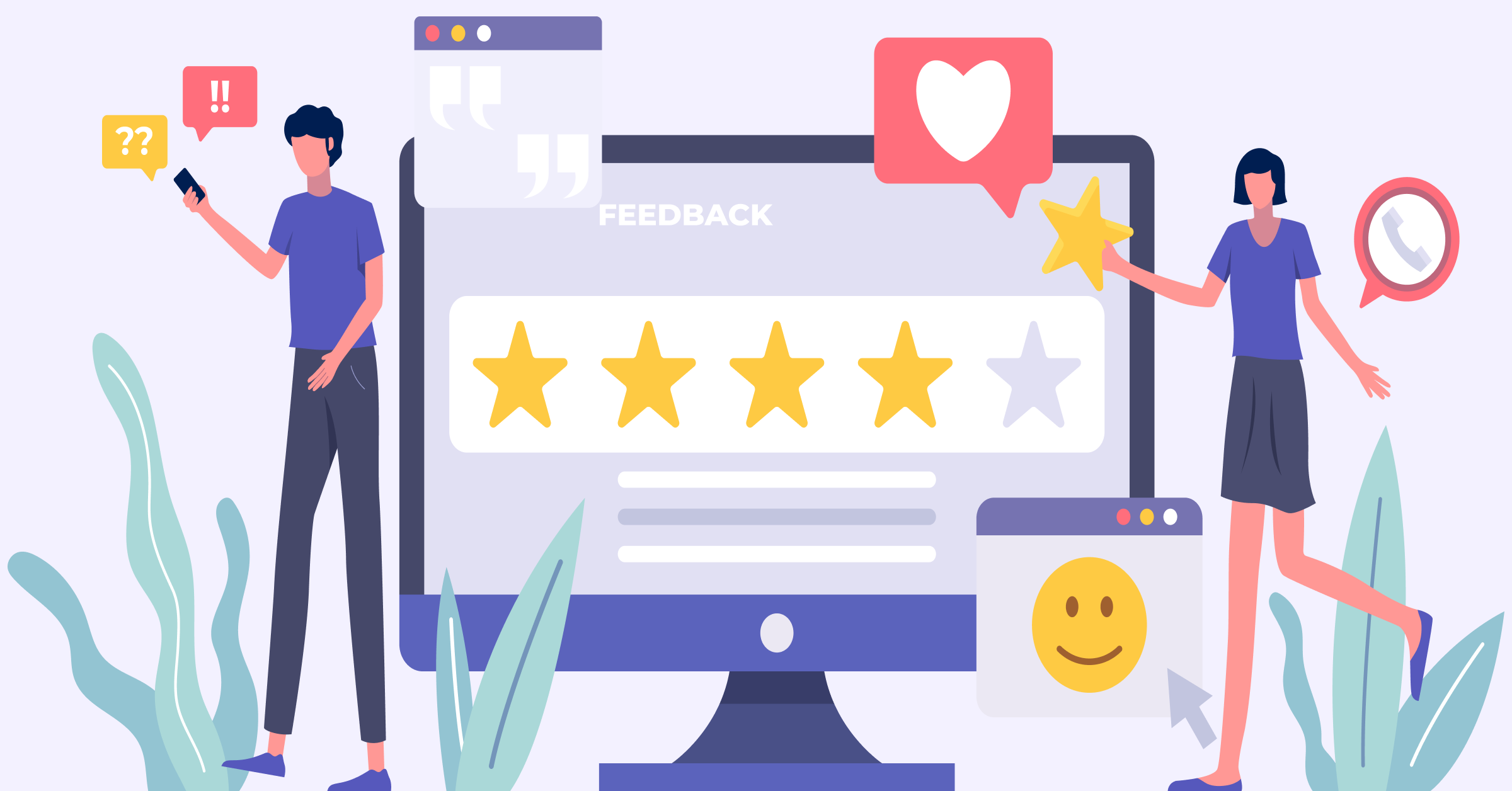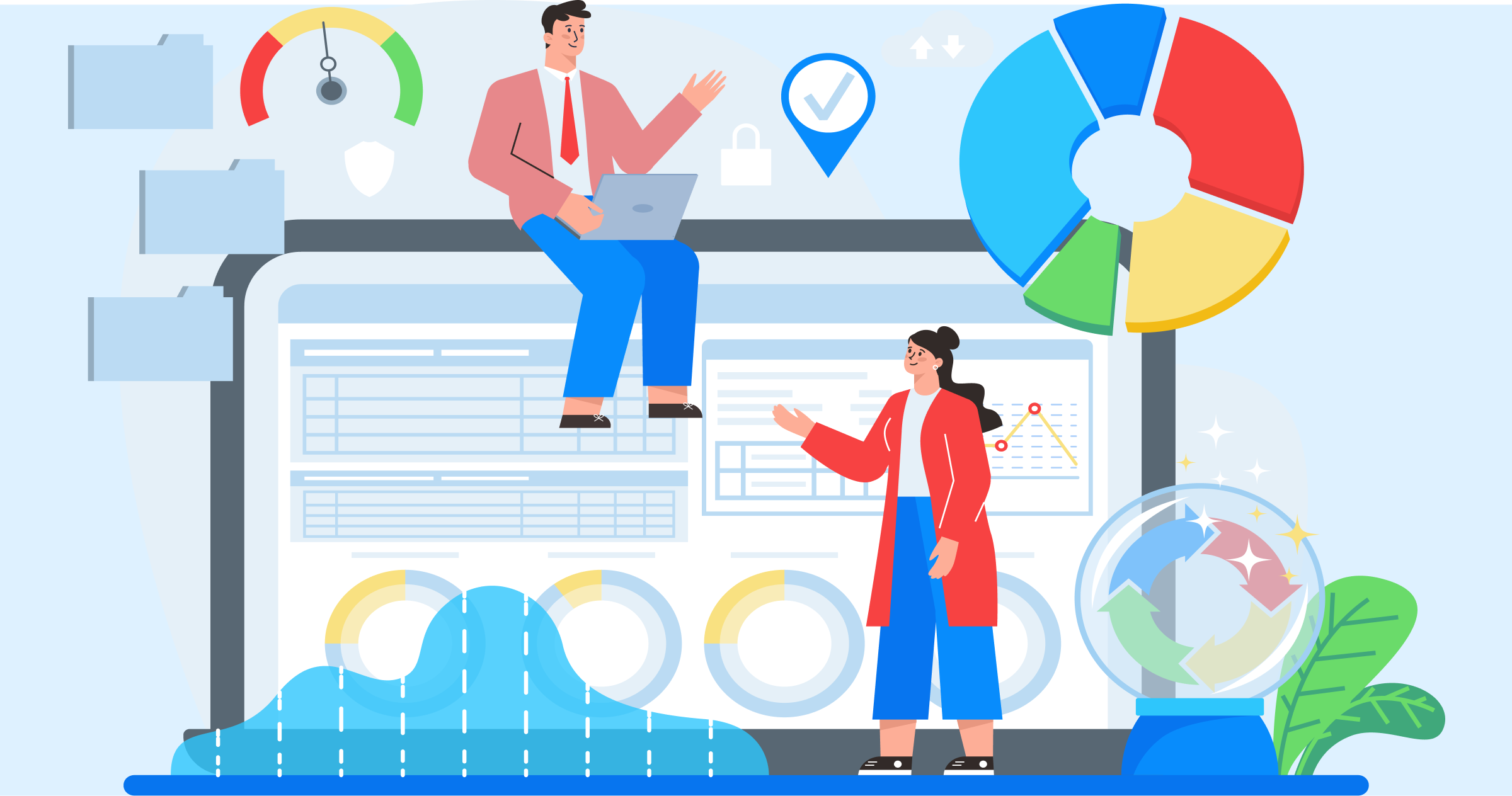Lack of Customer Data
One of the biggest challenges of customer experience optimization is the lack of accurate and comprehensive customer data. Without a clear understanding of customer preferences, behaviors and feedback, businesses struggle to create personalized or engaging experiences for their customers.
Fragmented Customer Touchpoints
The rise of omnichannel marketing allows customers to interact with businesses through multiple touchpoints such as social media, email, websites and in-store visits. Managing these fragmented touchpoints and ensuring a consistent experience across all channels can be a major challenge for businesses.
Integration of Technology
Implementing new technologies such as AI, chatbots and data analytics tools can greatly enhance the customer experience. But, integrating these technologies into existing systems and processes can be time-consuming for businesses.
Employee Training and Buy-In
Customer experience optimization requires a company-wide commitment to putting the customer first. This includes providing employees with the training and resources they need to deliver exceptional customer service. Getting buy-in from all employees, from frontline staff to senior management, can be a challenge for businesses.
Balancing Automation and Personalization
While automation can help streamline processes and improve efficiency, businesses must be careful not to sacrifice personalization in the pursuit of automation. Finding the right balance between automation and personalization is a key challenge for businesses looking to optimize the customer experience.
Customer Experience Optimization Examples
Customer experience optimization is a key component of any successful business. By providing a seamless experience, businesses can increase retention, referrals and revenue.
Amazon
Amazon is known for providing exceptional customer experiences through their user-friendly website, fast shipping options and excellent customer service. They also personalize the customer experience by recommending products based on past purchases and browsing history, making the shopping experience more enjoyable for their customers.
Zappos
Zappos, an online shoe and clothing retailer, is another company that excels in customer experience optimization. They offer free shipping/returns, a generous 365-day return policy, and 24/7 customer service. Zappos is also known for going above & beyond to surprise and delight their customers, such as sending hand-written thank you notes or upgrading shipping to expedited delivery.
Starbucks
Starbucks is a prime example of a company that has optimized the customer experience through personalization and customization. They allow customers to customize their drinks to their preferences, creating a unique and personalized experience for each customer. Starbucks also rewards loyalty through their loyalty program, offering free drinks and discounts to repeat customers.
Nordstrom
Nordstrom is a department store that is renowned for its exceptional customer service. They empower their employees to go above and beyond to help customers, whether it’s finding the perfect product or making returns hassle-free. Nordstrom also offers a seamless omni-channel experience, allowing customers to shop online, in-store, or through their mobile app with ease.
Prioritize Optimization of CX to Transform a Company’s Success
Prioritizing the optimization of customer experience is crucial in transforming a company’s success. By focusing on creating a seamless customer journey, businesses can increase customer loyalty, improve retention rates and drive revenue growth.
Putting the customer at the center of all business decisions can lead to a deeper understanding of their preferences, allowing companies to tailor their products/services to better meet those demands. In today’s digital age, where customers have more options than ever before, providing a positive personalized experience can set a company apart from the competition and lead to long-term success.











